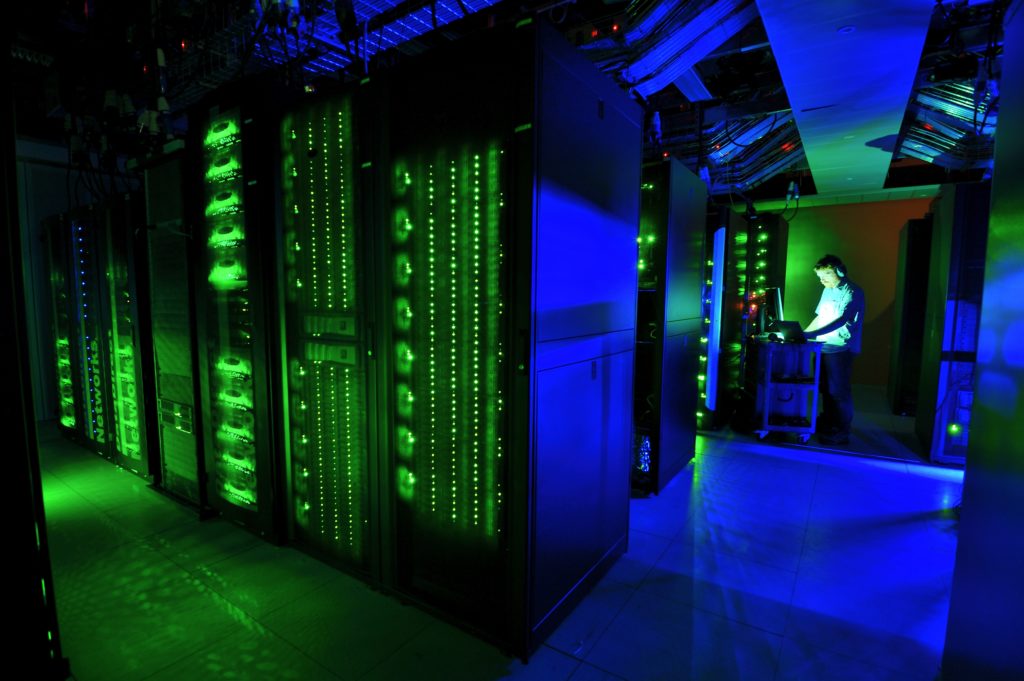Next Generation Sequencing…. And Beyond!
Photograph | Letter by Letter
In 2007 a radically different method of sequencing entered the world of genomics. Next Generation Sequencing – or massively parallel sequencing – enables millions of DNA fragments to be sequenced at the same time. The method also has a shorter sample preparation time than capillary sequencing, meaning that the whole process is faster and cheaper. If the time and cost to sequence a human genome were plotted on a graph, 2007 can be pinpointed as the moment the line plummets; a dramatic reduction in both measurements.
Genomics research is about understanding how our genetic code influences how we have developed, and the impact of this for us in terms of health and disease. To better understand this, researchers don’t just need to look at one genome in isolation but compare many to spot regions of difference. Advances in sequencing technology today are about making this process more efficient and cost-effective. These advancements need to go hand in hand with computational advances, because as we generate more sequence data we need to find new ways to store it, analyse it, and share it.
The Wellcome Genome Campus has moved from a centre sequencing the first human genome to one sequencing 100,000. This demands new scales of sequencing, with one of the largest DNA sequencing laboratories in the world. It also requires innovation, supporting advances that take sequencing out of the traditional laboratory, placing it directly in clinical settings or in the field where it is needed. In these settings sequencing at speed may be the difference between life and death.
